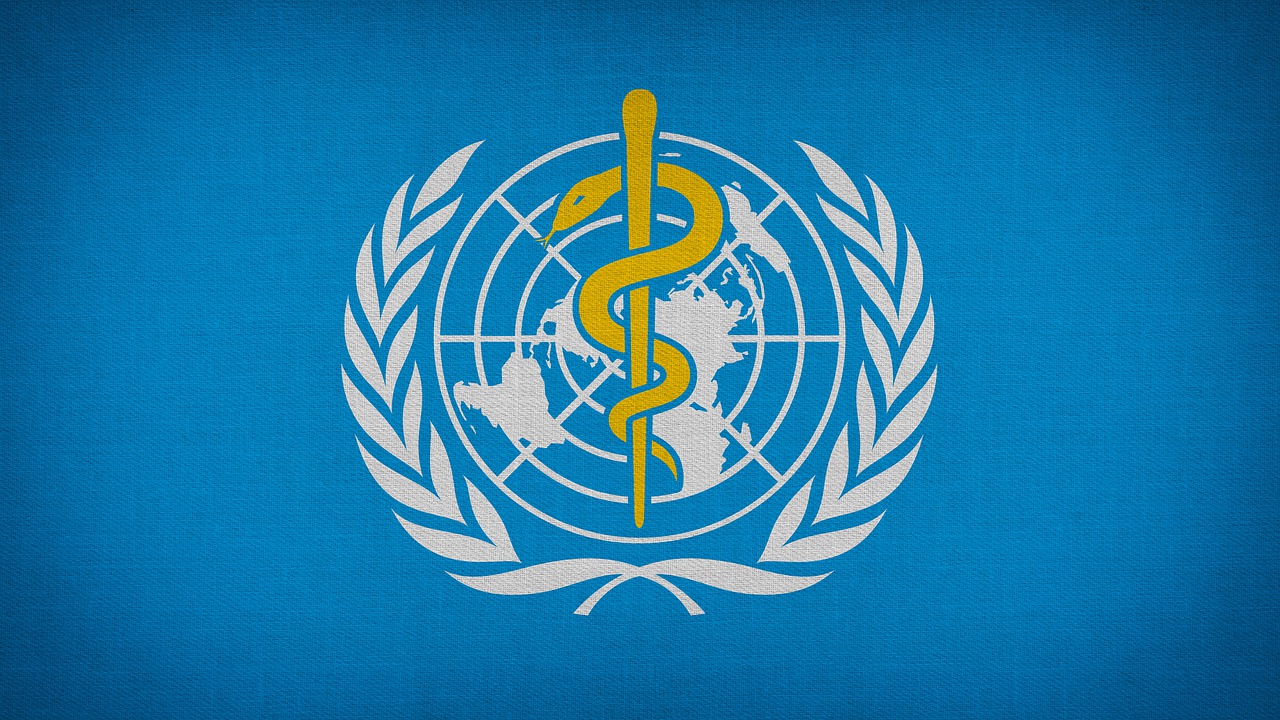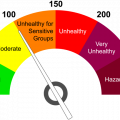Artificial Intelligence (AI) has revolutionized various industries, including healthcare. One crucial application of AI in healthcare is the analysis and understanding of the global burden of disease trends. The Global Burden of Disease (GBD) is a comprehensive assessment of the health problems and associated risk factors faced by populations worldwide. It is an ongoing research initiative that provides a detailed understanding of the global health landscape and helps policymakers, researchers, and healthcare professionals make informed decisions.
The GBD project was initiated by the World Health Organization (WHO) in collaboration with the World Bank in the early 1990s. Since then, it has been continuously updated and expanded by the Institute for Health Metrics and Evaluation (IHME) at the University of Washington and involves a global network of scientists and researchers.
The GBD study estimates the burden of diseases, injuries, and risk factors using a variety of sources, including health surveys, vital registration systems, healthcare records, and scientific literature. It quantifies the impact of these health issues by measuring disability-adjusted life years (DALYs), a metric that combines years of life lost due to premature death and years lived with disability.
The GBD study provides valuable insights into the leading causes of death and disability worldwide, regional variations in health outcomes, and the impact of risk factors such as smoking, poor diet, air pollution, and infectious diseases. It helps identify health trends over time and guides health policies and interventions aimed at reducing the global burden of disease.
By leveraging AI, researchers and policymakers can gain valuable insights into disease patterns, risk factors, and potential interventions. This article explores the potential of AI in analyzing global burden of disease trends and its implications for healthcare decision-making.
Understanding Global Burden of Disease Trends
To effectively address health challenges, it is essential to have a comprehensive understanding of disease trends across different populations and geographical regions. Traditional methods of data collection and analysis are often time-consuming, resource-intensive, and limited in their scope. AI offers a unique opportunity to overcome these limitations and provide more accurate and timely insights into disease trends.
AI algorithms can process vast amounts of data from diverse sources, including electronic health records, disease registries, surveys, and social media platforms. These algorithms can identify patterns, correlations, and predictive models that help in understanding disease prevalence, risk factors, and associated outcomes. By analyzing data at a population level, AI can identify both global and regional burden of diseases, enabling targeted interventions and resource allocation.
AI Applications in Global Burden of Disease Analysis
Data Processing and Integration
AI algorithms excel at processing and integrating heterogeneous data sources, allowing researchers to combine data from multiple domains. For example, AI can analyze medical records, genetic information, environmental data, and social determinants of health to identify disease patterns and risk factors. This integrated approach provides a holistic understanding of disease burdens, facilitating evidence-based decision-making.
Predictive Analytics
AI techniques, such as machine learning and deep learning, enable predictive modeling by identifying patterns and relationships within large datasets. These models can forecast disease trends, estimate disease burden in different populations, and project future healthcare needs. By leveraging predictive analytics, policymakers can develop preventive strategies and allocate resources efficiently, thereby reducing the burden of diseases.
Early Detection and Diagnosis
AI-powered algorithms can analyze medical images, such as X-rays, MRIs, and CT scans, with remarkable accuracy. This capability allows for early detection and diagnosis of diseases, leading to timely interventions and improved outcomes. By leveraging AI in screening programs, healthcare systems can identify individuals at high risk and implement targeted preventive measures, thereby reducing the burden of advanced-stage diseases.
Pharmacovigilance and Adverse Event Monitoring
Pharmacovigilance aims to identify and monitor adverse drug reactions and ensure patient safety. AI algorithms can analyze large-scale healthcare data, including electronic health records and social media posts, to detect potential adverse events associated with specific medications or treatments. This real-time monitoring helps identify previously unknown adverse effects, leading to prompt intervention and improved patient safety.
Challenges and Considerations
While the potential of AI in analyzing global burden of disease trends is vast, several challenges and considerations need to be addressed for its effective implementation.
Data Quality and Bias
AI algorithms heavily rely on data quality and representativeness. Biases in data collection or incomplete datasets can lead to biased outcomes and erroneous conclusions. Ensuring data accuracy, standardization, and addressing bias issues are critical to obtaining reliable insights from AI-driven analyses.
Privacy and Ethical Concerns
The use of AI in healthcare data analysis raises privacy and ethical concerns. Safeguarding patient data, ensuring informed consent, and maintaining confidentiality are crucial considerations. Striking a balance between data access for research purposes and privacy protection is necessary to build public trust and promote the ethical use of AI in global burden of disease analysis.
Integration with Existing Systems
Integrating AI-powered tools and algorithms into existing healthcare systems can pose technical and logistical challenges. Healthcare organizations may need to update their infrastructure, develop interoperability standards, and ensure compatibility with existing electronic health record systems. Collaborative efforts between AI researchers, healthcare providers, and policymakers are essential to seamlessly integrate AI into routine disease surveillance and burden analysis processes.
Interpretability and Explainability
AI algorithms often operate as black boxes, making it challenging to interpret and explain the reasoning behind their predictions. In the context of global burden of disease analysis, interpretability and explainability are crucial for researchers, policymakers, and healthcare professionals to trust and act upon AI-driven insights. Developing transparent AI models and methodologies that provide interpretable outputs is an active area of research and a critical consideration for the application of AI in disease burden analysis.
Leveraging AI for Informed Decision-Making
By harnessing the power of AI in global burden of disease analysis, policymakers and healthcare stakeholders can make informed decisions and implement effective interventions. Here are some key benefits of leveraging AI in this domain:
Targeted Interventions
AI enables the identification of high-risk populations, specific risk factors, and disease patterns, allowing policymakers to develop targeted interventions. This approach optimizes resource allocation, improves preventive strategies, and reduces the burden of diseases on a global scale.
Evidence-Based Policy Making
AI-driven analyses provide robust evidence that policymakers can use to shape health policies and programs. By leveraging AI insights, policymakers can prioritize healthcare resources, design preventive measures, and implement evidence-based interventions to address the burden of diseases effectively.
Real-Time Monitoring and Surveillance
AI-powered systems can continuously monitor disease trends, risk factors, and treatment outcomes in real-time. This proactive surveillance facilitates early detection of outbreaks, rapid response to emerging health threats, and dynamic adjustment of public health strategies to mitigate disease burden.
Precision Medicine
AI algorithms can analyze individual-level data, such as genomics and health records, to personalize treatment plans and optimize outcomes. Precision medicine approaches, enabled by AI, can reduce disease burden by tailoring interventions to individual characteristics, thereby improving patient outcomes and minimizing unnecessary healthcare utilization.
Conclusion
Artificial Intelligence has immense potential in analyzing the global burden of disease trends, enabling policymakers, researchers, and healthcare providers to make informed decisions and implement effective interventions. Through its capabilities in data integration, predictive analytics, early detection, and adverse event monitoring, AI can revolutionize disease surveillance and burden analysis. However, addressing challenges related to data quality, privacy, interpretability, and system integration is crucial for the successful implementation of AI-driven approaches. By leveraging AI responsibly and ethically, we can harness its power to reduce the global burden of diseases and improve population health outcomes.






